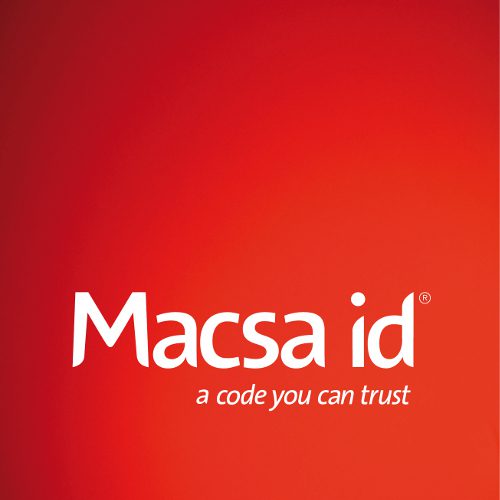Coding on cardboard detergent boxes
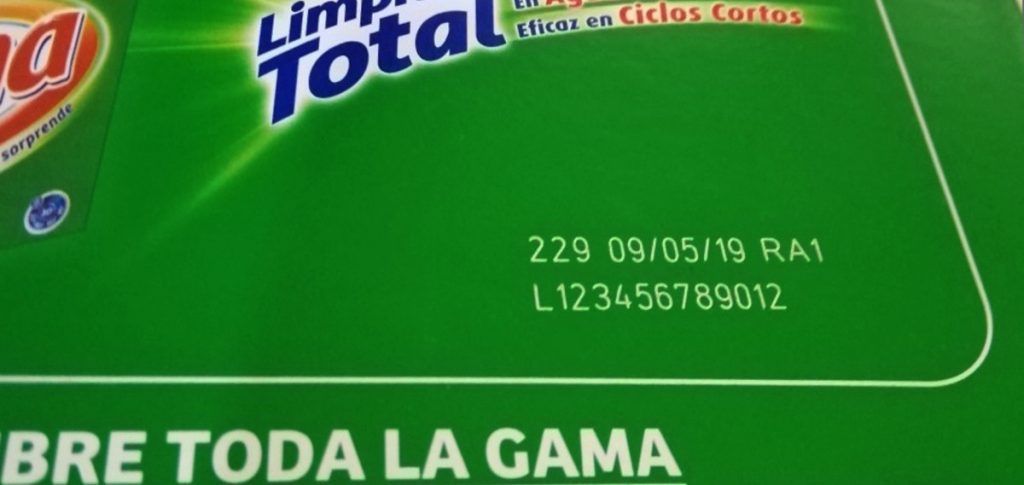
Coding on cardboard detergent boxes Packaging coding on cardboard detergent boxes, is one of the industries where the use of lasers is most widely used. The reason for this is the high production rates, where a marking system without consumables such as lasers, apart from being more sustainable, is more durable and economical. By using […]
Coding packaging for the pharmaceutical industry
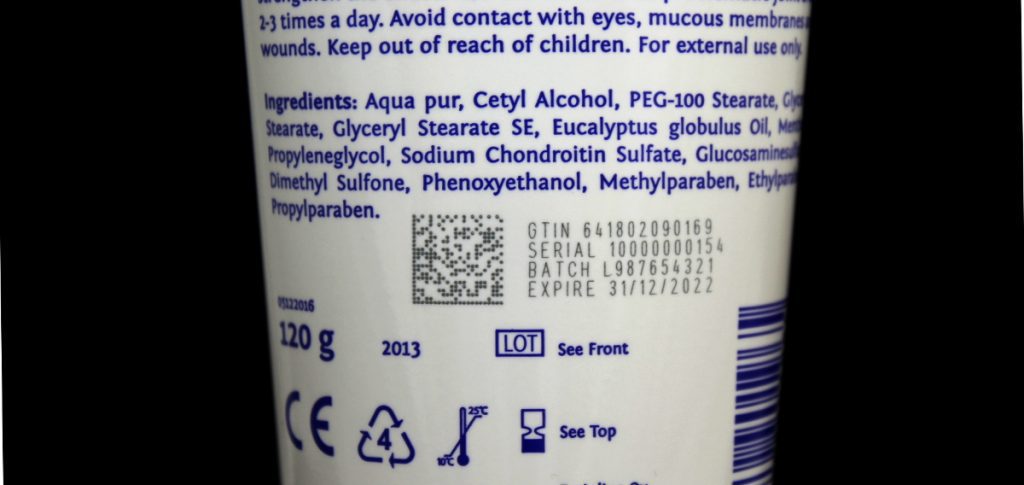
Pharmaceutical products traceability. Coding packaging for the pharmaceutical industry If we think about the importance of traceability and safety of the production processes that are currently carried out, we may not find an industry where they are more valuable than in the medical and pharmaceutical industries. As a result, the new directives adopted by the […]
Laser engraving of datamatrix on steel
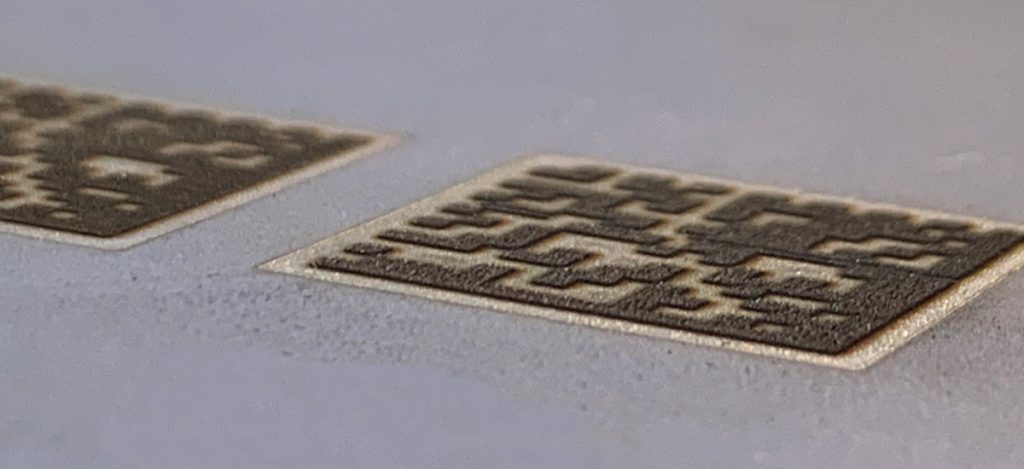
On certain occasions, the laser engraving of a piece must be carried out at an intermediate step of the production process. This implies that a marking must be resistant to the processes in the manufacturing chain that follow on, which can be very aggressive due to the process itself and the working conditions. In this […]
Parquet internal traceability
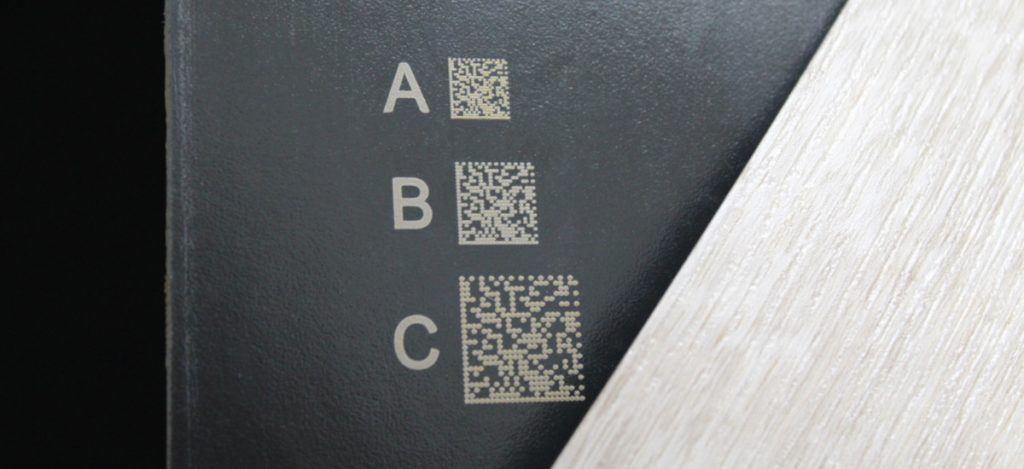
Traceability is a guarantee of control The innovation and development of new technologies mean that more and more industries increase their levels of control and traceability of their processes in order to optimize costs and ensure the best product. The manufacturers of construction materials are not far behind, in this case, for example, the manufacturers […]
Laser marking on recycled polymer pipe
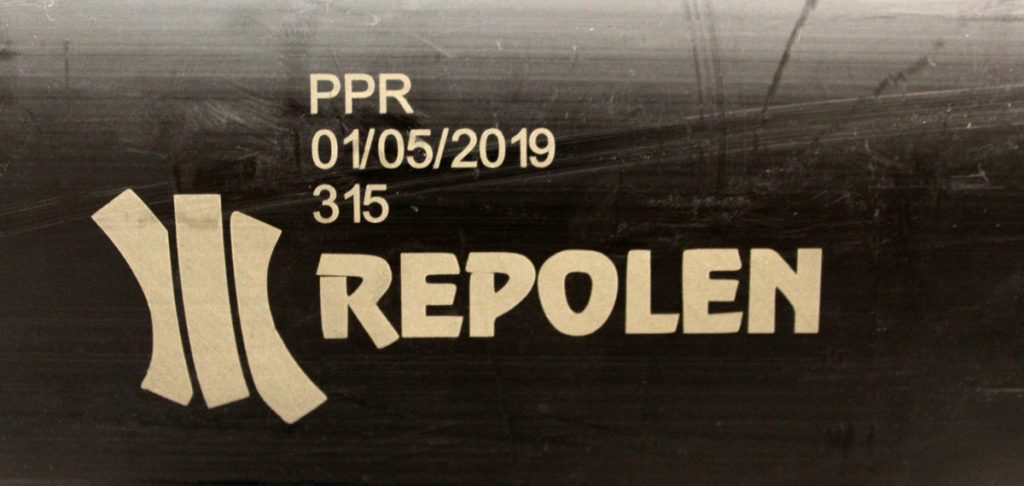
Recycling is an increasingly present matter in society, and polymer recycling is not exempt from the trend, despite not being easy due to the variety and composition of the materials. Laser marking on recycled polymer pipe saves consumable costs since it is done directly on the substrate. Marking and coding guarantees product traceability in the construction […]
Laser marking on cardboard
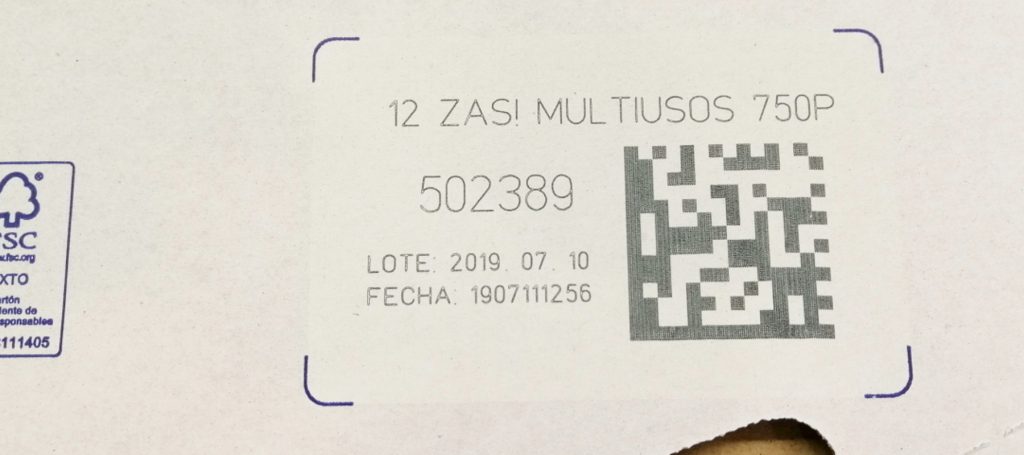
Secondary packaging must also be coded correctly so as not to lose the traceability of the products inside. In this case, cardboard boxes that contain cleaning sprays. Laser marking on cardboard is one of the most common in the coding world, because of, cardboard is one oh the most used materials thanks to it being […]
Marking on Tempered Glass
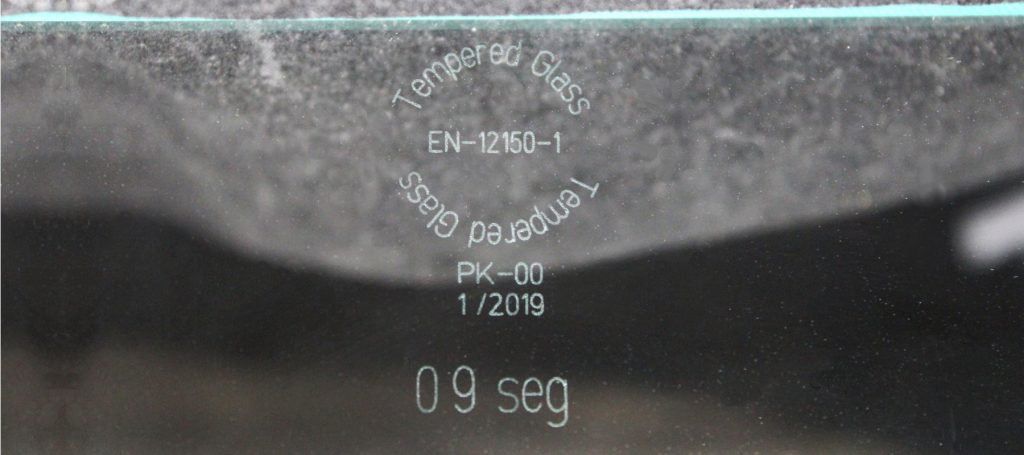
Security product marking Tempered glass is a safety glass that, through thermal and chemical processes, increases its resistance up to 4 to 5 times more than normal glass. The tempering process puts the exterior surfaces into compression and the inner ones into tension. This way, if the glass breaks, it crumbles into small pieces instead […]
Laser marking directly onto bread
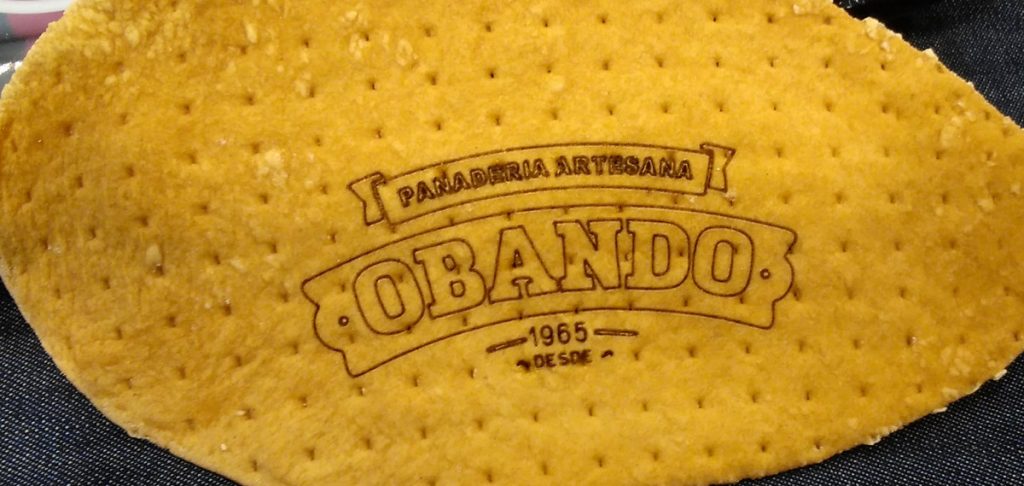
Laser coding directly onto food Laser marking directly onto bread, or any other product, is increasingly present in the world of food. One of the keys to achieving sustainability lies in the elimination of unnecessary packaging and labels that can not be recycled. Marking directly onto food with laser technology saves packaging costs, prevents the generation of […]
Laser marking on oak wood
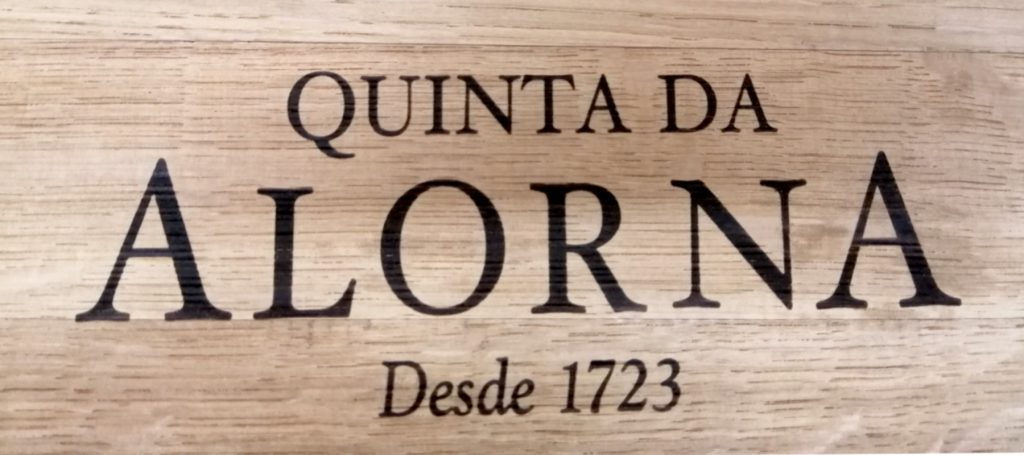
Marking in the beverage market is very diverse due to the multiple materials to be encoded, the type of beverage inside the package, and the speed of the production line. In this case, we will focus on the laser marking of oakwood wine barrels, a static marking that requires a powerful laser due to the wood’s […]
